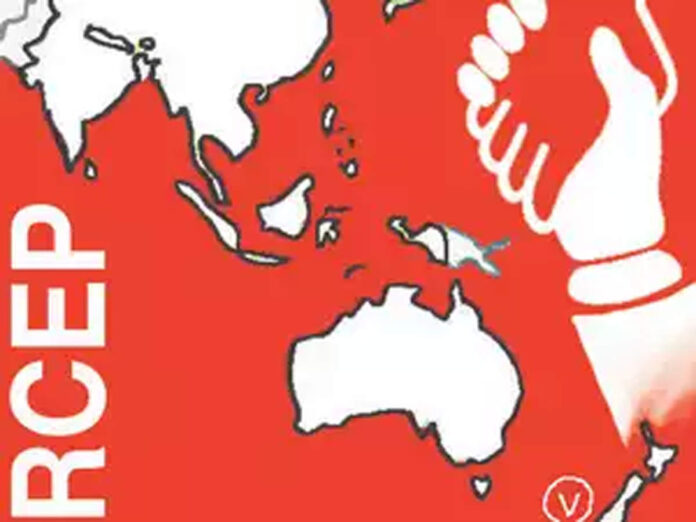- This report is based on various institutions like police, judiciary, prisons and legal aid.
- According to the report- the number of women in justice and law and order across the country is quite low
Maharashtra leads the way in providing justice to the people. At the same time, Uttar Pradesh is worse in terms of getting justice. This state with the largest population is at the lowest level. Both states have been assessed on the basis of 18 big states of the country. At the same time, Goa is at the top in providing justice when it comes to small states. This shocking revelation has been revealed by the data of the Indian Justice Report, 2019.
In this report, a justice index has been created, in which Kerala is ranked second followed by Maharashtra, Tamil Nadu on the third, Punjab in the fourth and Haryana in the fifth place in the case of justice. Whereas, the lowest rung ie UP is at 18th position, while Bihar is at 17th, Jharkhand at 16th, Uttarakhand at 15th and Rajasthan at 14th. At the same time, Goa tops the small states in the index, followed by Sikkim and Himachal Pradesh.

On the occasion of the launch of this report, former Supreme Court Judge Justice (Retd) Madan B. Lokur said, this study highlights the flaw in our justice delivery system. I hope the judiciary and the government will take into account the results of this report and the states will also have to take immediate steps for this. It is considered the first of its kind index.
The Tata Trust has published this report in association with the Center for Social Justice, Common Cause, Commonwealth Human Initiative, Daksh, TISS-Prayas Law Center for Legal Policy.
A report prepared on the basis of these four standards
This justice report has been prepared on the basis of 18 months of hard work and extensive research. In the report, four standards such as judiciary, police, jail and legal aid have been made the basis for providing justice. According to the report, these four standards are like four pillars, which play an important role in providing good justice to the citizens.
Here are the indices
Each pillar has been assessed based on the budget it receives, human resources, workload, comprehensiveness (gender, SC / ST / OBC), infrastructure, improvement trend in five years.
Non-filling of vacant posts is a big problem
The report states that there is a large number of vacant posts in all the four standards, which is a major obstacle in providing justice. Only half of the states are those who have taken some steps towards reducing these vacant posts in the last five years. For example, if we talk only about the judiciary, only 23 per cent of the total sanctioned judges’ posts in the country are filled, which is now 18,200.
Only seven percent of women in police forces
According to the report, only seven percent of the police forces are women. At the same time, only 28 per cent of the lower courts have women. There are only 10 states and union territories in the country, where the representation of women in police forces is more than 10 percent.
Excess prisoners in jails
According to the report, 114 per cent of the prisoners are overfilled in jails. At the same time, 68 percent of the accused in these jails are those who are awaiting investigation or trial. There are some states which are unable to fully utilize the money received from the Center.
Legal assistance of 75 paise per annum to 80 per cent of the population
There are some pillars, which are not able to play an effective role due to low budget. Especially legal help. According to the report, 80 percent of the country’s population is being provided legal assistance at the rate of 75 paise per annum.

